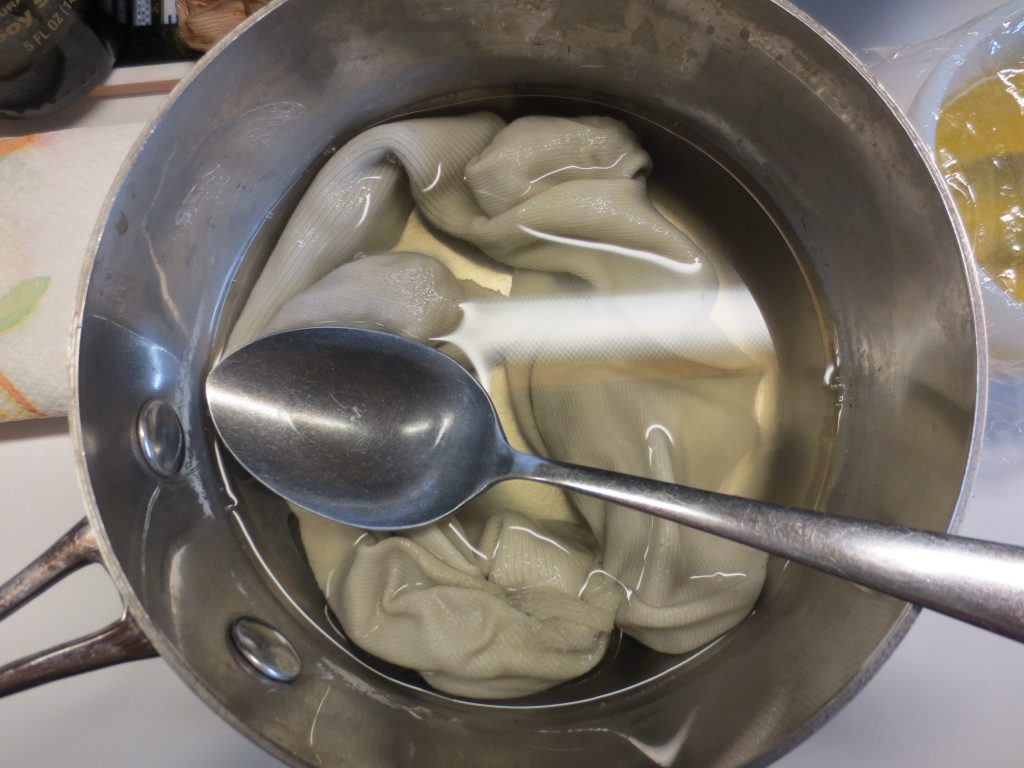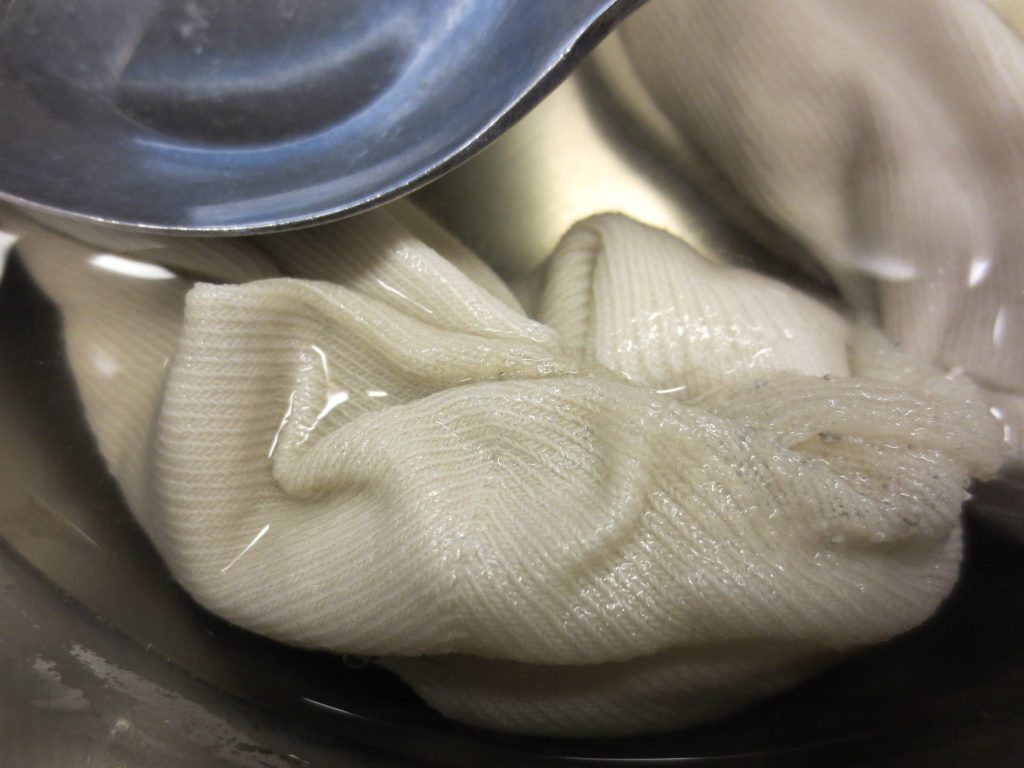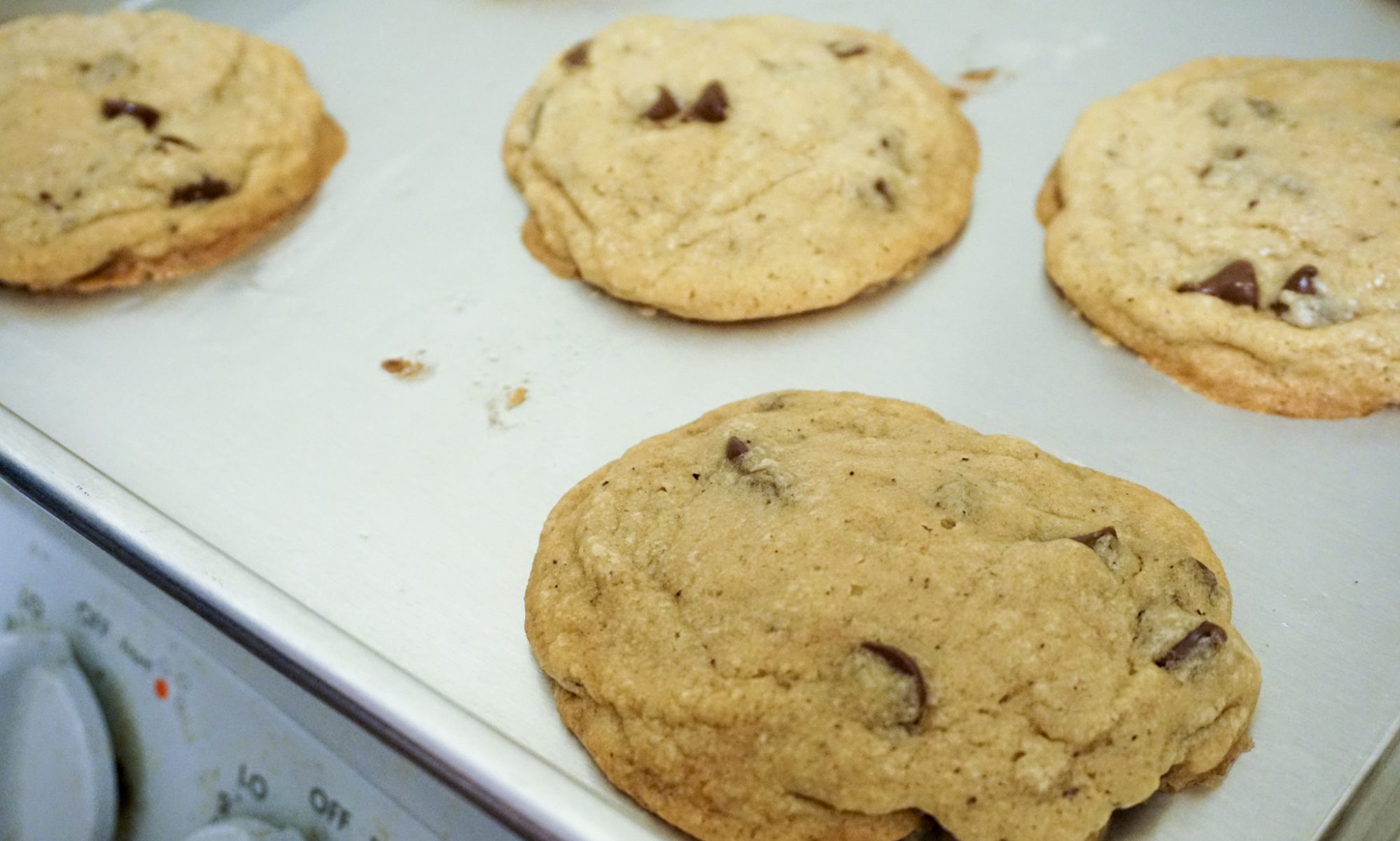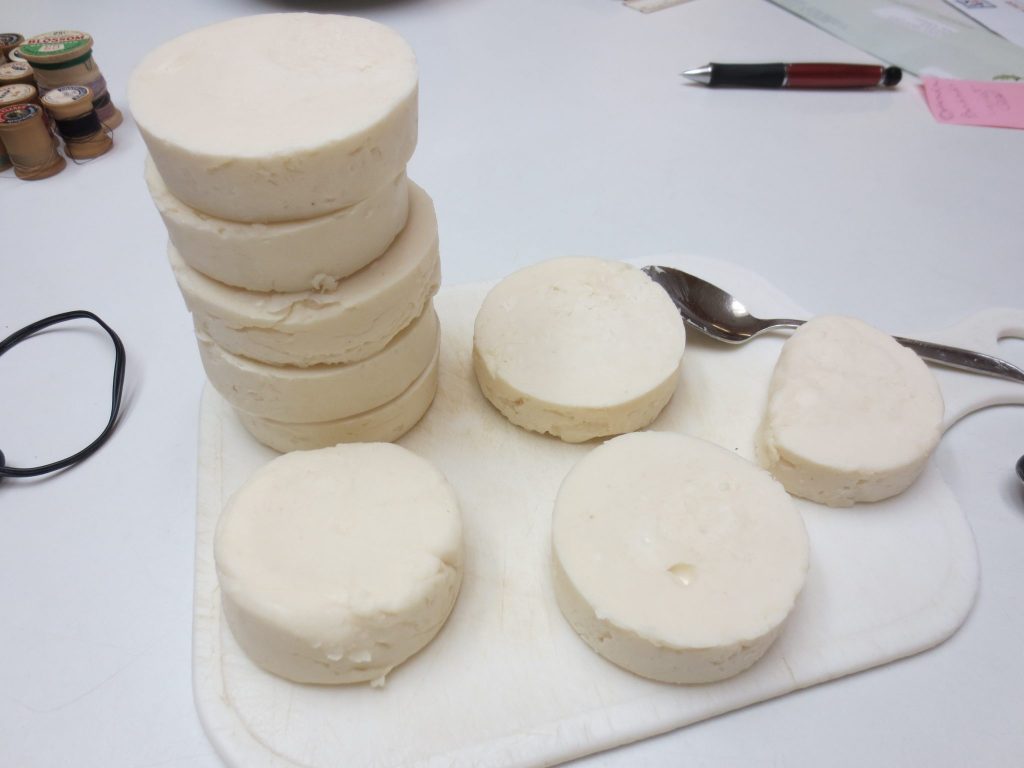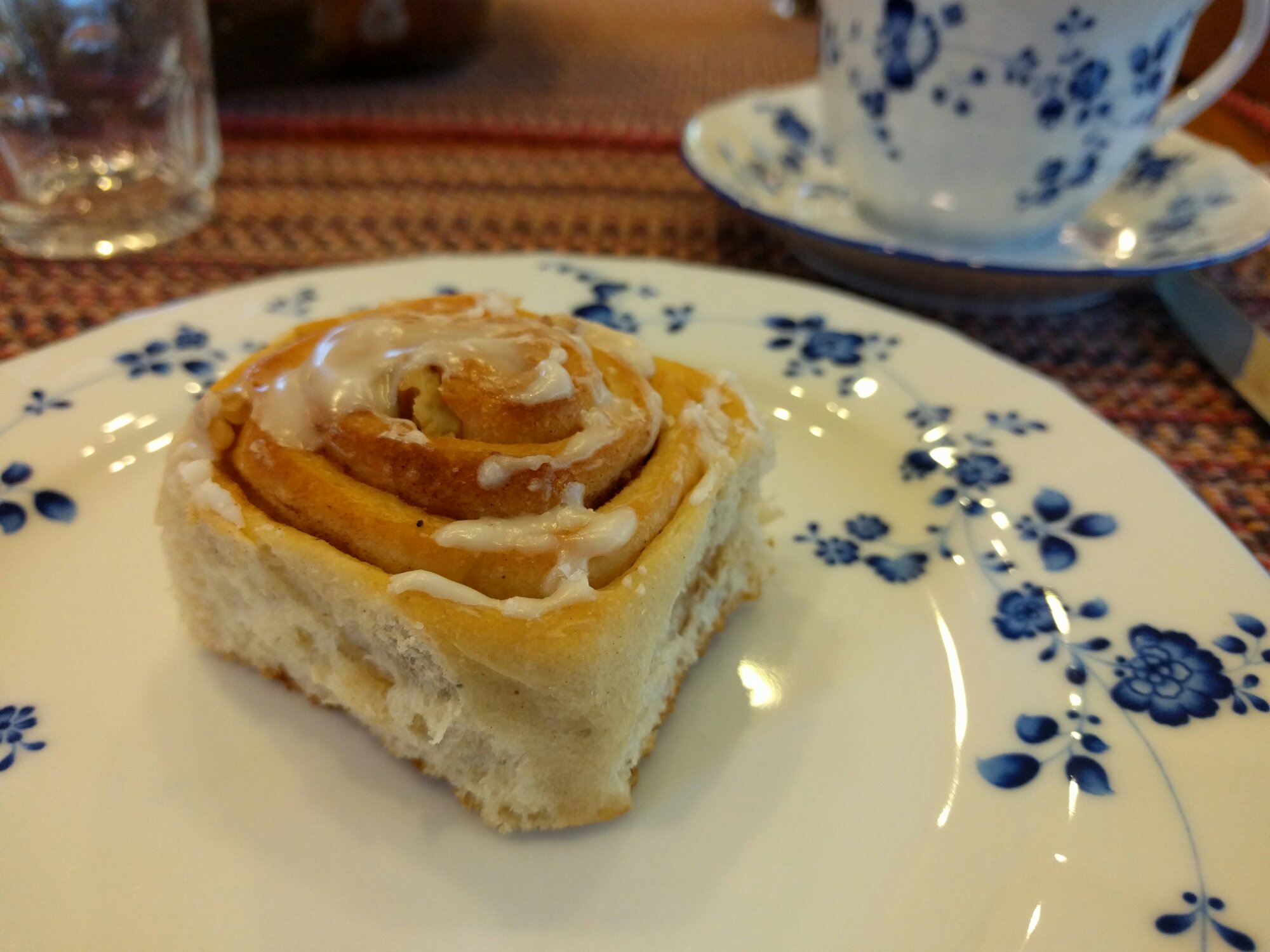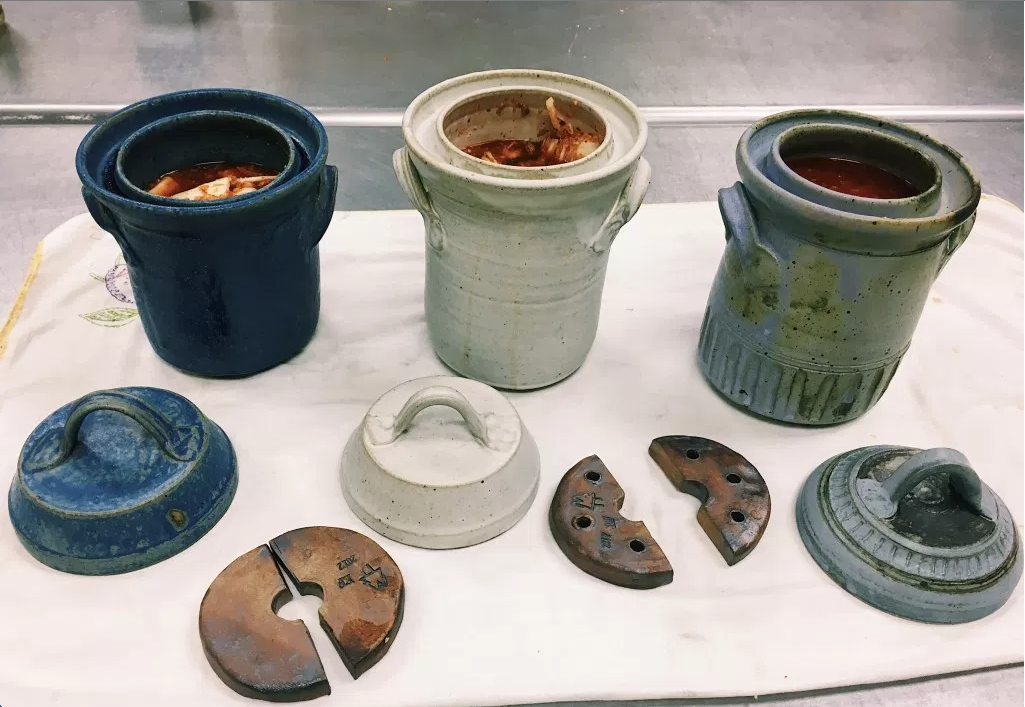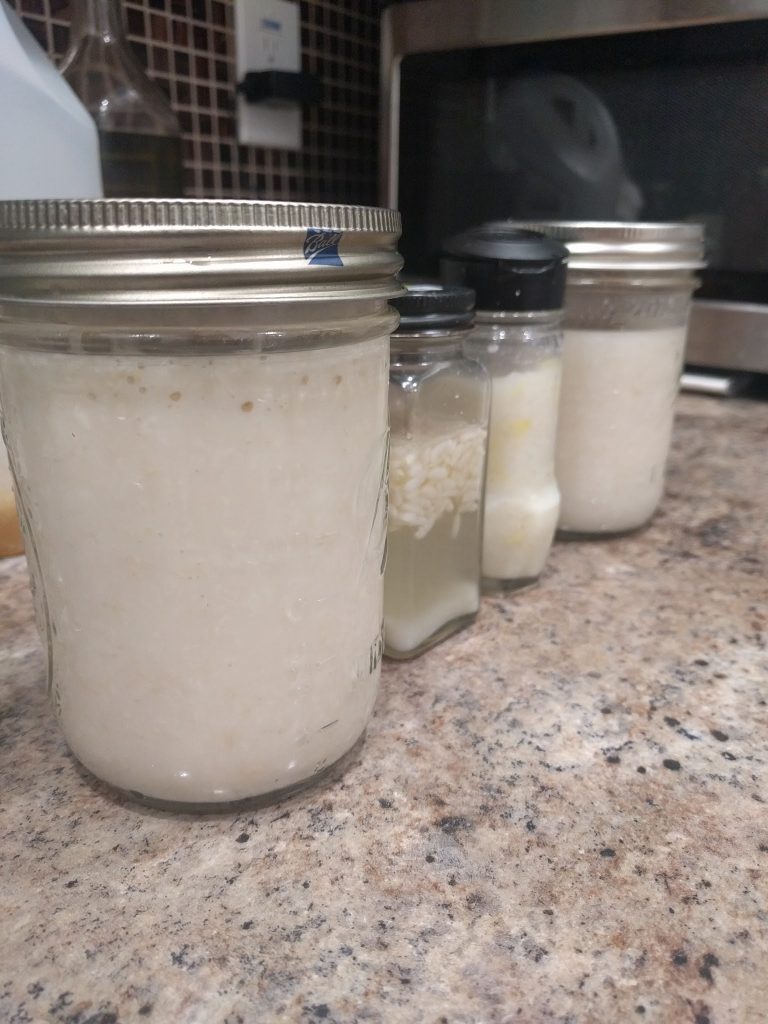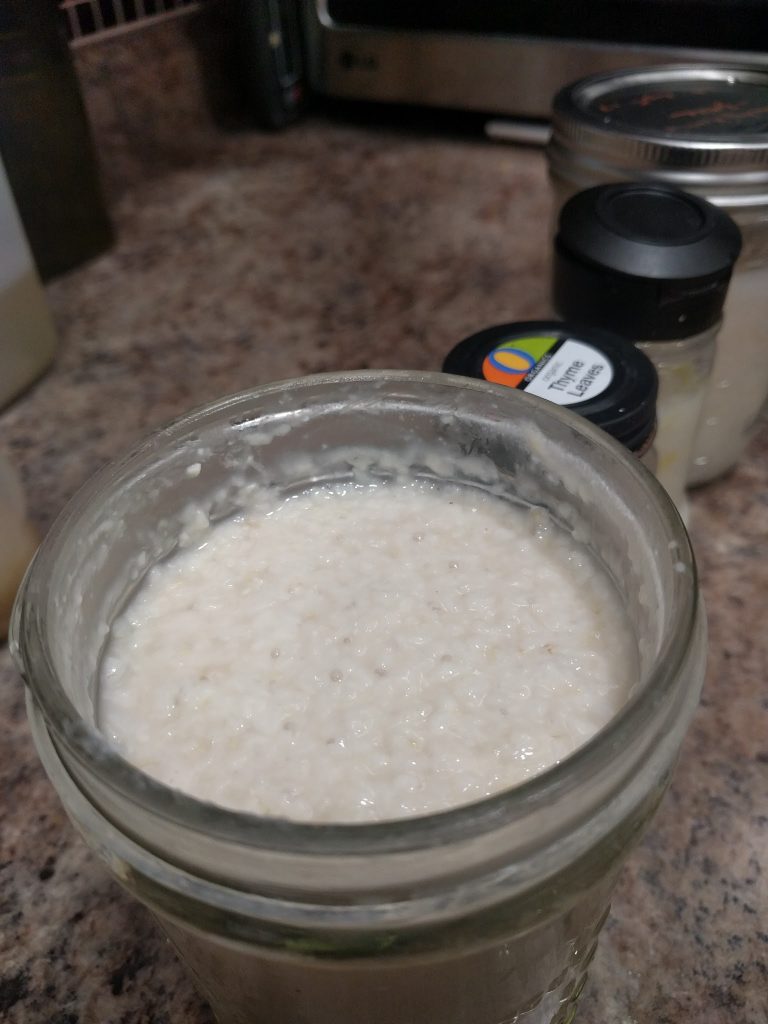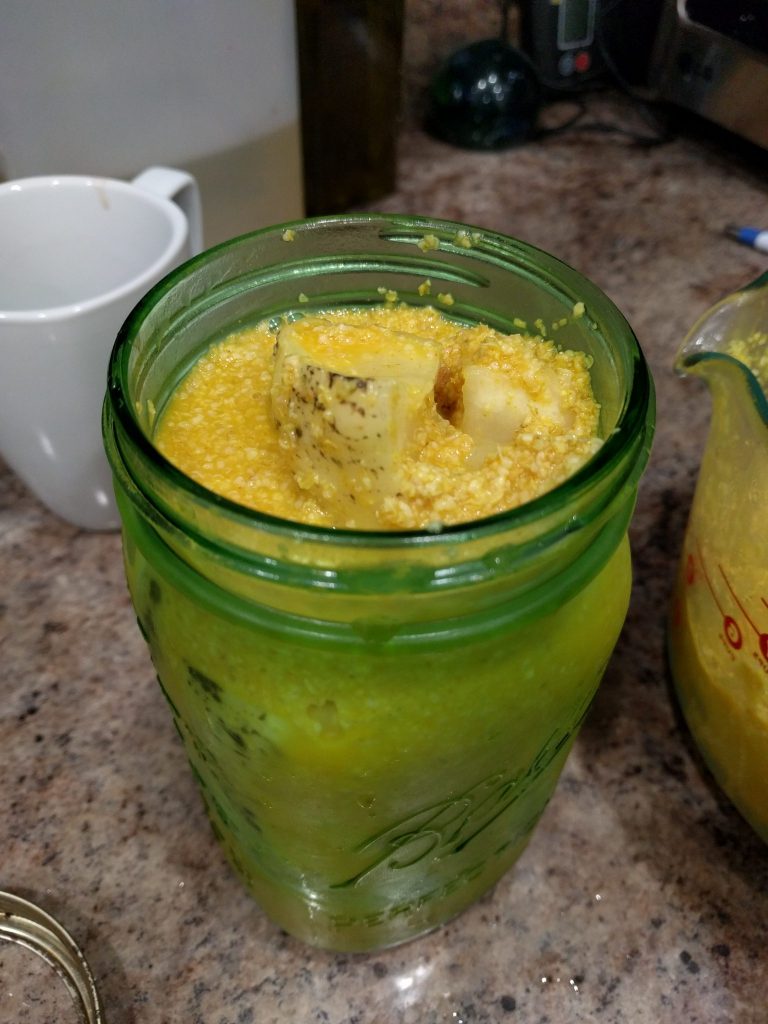This lotion doesn’t need to be stored in the fridge, unless you will consume it slowly or you used ingredients that tend to go rancid quickly. The texture is light and quickly-absorbed, much like commercial lotions, so it’s a good option if you don’t like the greasy feeling of using oils straight.
This recipe is adapted from Rosemary Gladstar’s book Herbal Recipes for Vibrant Health. I learned about the book from a low-waste Youtuber who gushed about all the cool recipes in the book. This was the only one I was interested in; I’ve been looking a long time for a lotion recipe that produces something like commercial lotion.
Waters
2/3 cup water
1/3 cup aloe vera
1% citric acid by weight (optional, acts as a preservative for the aloe vera)
Oils
3/4 cup liquid oil (I use sweet almond oil. Other skin-friendly oils, such as sunflower or jojoba, will work, although shelf-stable ones are ideal. Hemp oil, for example, would necessitate refrigeration.)
1/3 cup solid oil (coconut oil, cocoa butter, shea butter, etc)
1/4 tsp lanolin (optional)
1/2-1 oz beeswax
- Melt oils together. Let cool to room temperature, until thickened.
- In a blender on high, slowly add the waters to the oils. It is done when combined, thickened, and fluffy. The blender will probably start having trouble!
Substitutions
If you are going to use this on your face, use only oils with low comedogenic ratings! That means don’t use coconut oil or cocoa butter. Shea butter, on the other hand, is non-comedogenic and is very unlikely to cause acne. Sunflower, jojoba, and hemp oils are all non-comedogenic, but there are many other liquid oils to choose from.
I haven’t actually made this yet, and I’m planning on whisking it by hand. It may not be possible, but wish me luck!
